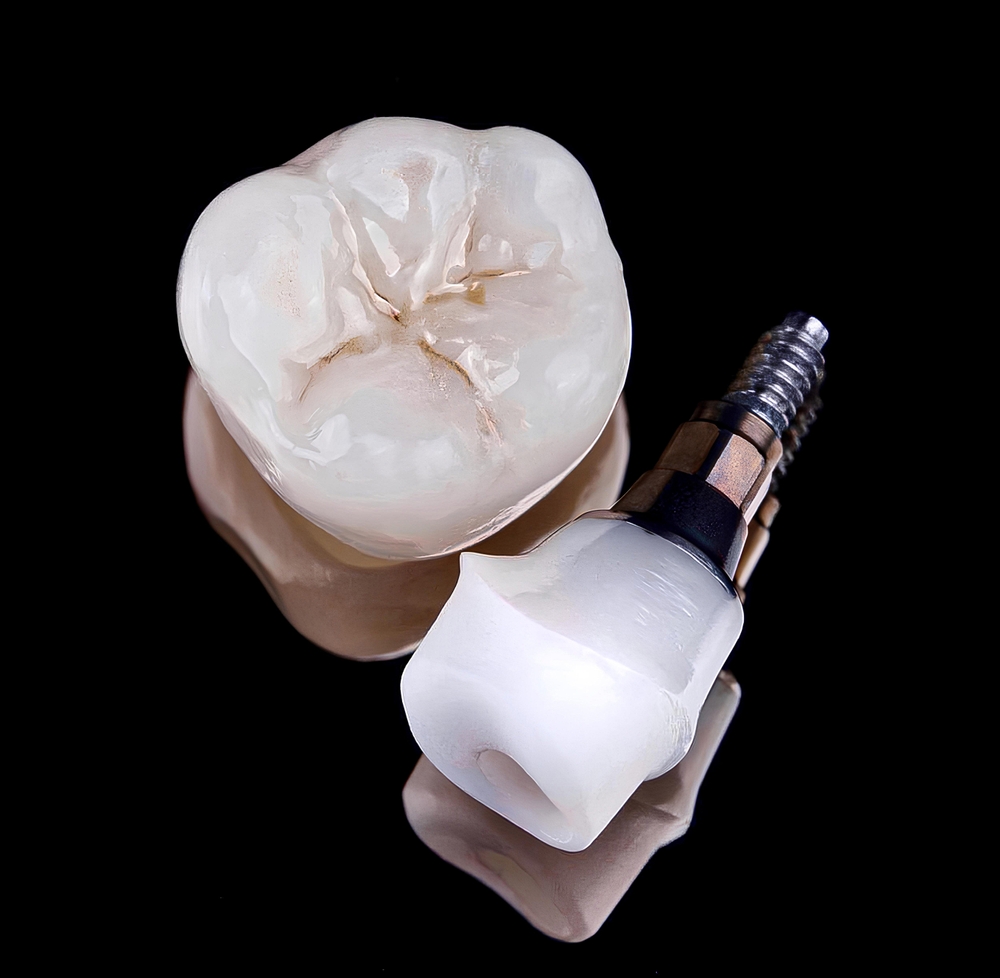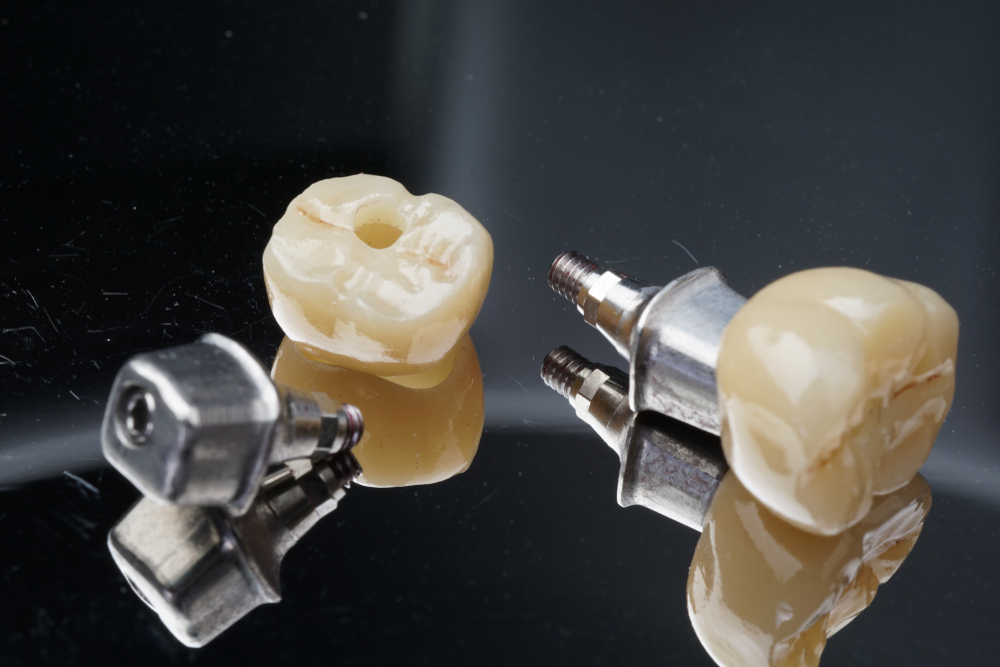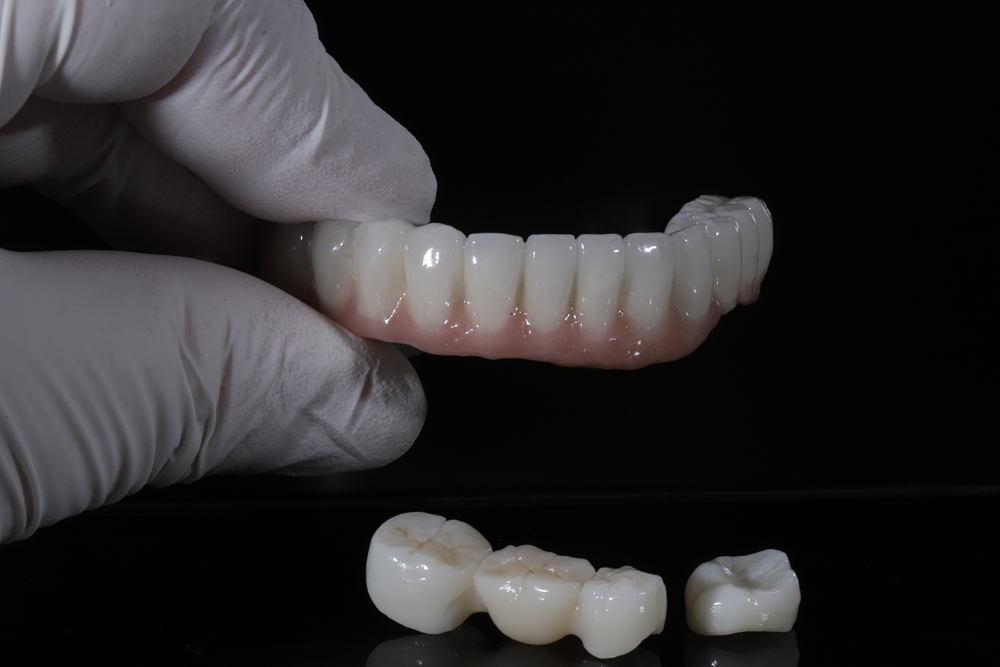In the realm of aesthetic dentistry, achieving a harmonious and natural look for dental restorations is paramount. One of the most critical factors in ensuring that restorations like crowns, bridges, veneers, and implants blend seamlessly with a patient’s existing teeth is precise shade matching. This blog delves into the importance of shade matching in dental laboratories, its impact on patient satisfaction, and the cutting-edge techniques and technologies that are shaping this vital process.
Understanding Shade Matching
Shade matching is a critical process in dentistry that involves selecting the appropriate color for a dental restoration to ensure it perfectly complements and blends with a patient’s existing teeth. This process is essential for creating prosthetics, such as crowns, bridges, veneers, and dentures, that look natural and harmonious within the mouth.
Key Components of Shade Matching
Color Dimensions: Shade matching considers the three dimensions of color: hue, value, and chroma. Hue refers to the basic color of the tooth, value indicates the brightness or darkness, and chroma represents the color’s saturation or intensity.

- Translucency and Opacity: Teeth are not uniformly colored and have varying degrees of translucency and opacity. Accurate shade matching requires assessing these properties to replicate the natural translucency of enamel and the more opaque characteristics of the underlying dentin.
- Light Interaction: Teeth interact with light in complex ways, reflecting, refracting, and absorbing it. Understanding how light interacts with natural teeth helps in selecting shades that mimic these interactions in the artificial restorations.
- Contextual Influences: The appearance of teeth is influenced by surrounding factors, such as the color of adjacent teeth, the patient’s skin tone, and lighting conditions. Effective shade matching takes these contextual influences into account to achieve a color match that looks natural under various lighting conditions.
Shade matching is a detailed and nuanced task that requires a keen eye for color and an understanding of dental materials and their properties. The goal is to achieve a restoration that is indistinguishable from the natural dentition, maintaining the integrity and aesthetics of the patient’s smile. Precision in shade matching is crucial, as even minor discrepancies can be noticeable and detract from the overall appearance of the dental work.
Why Shade Matching is Crucial for Aesthetic Restorations
Ensuring Natural Appearance
The primary goal of aesthetic restorations is to create a tooth that looks natural and fits in seamlessly with the rest of the dentition. An accurate shade match is crucial for this illusion of naturalness, as even a slight discrepancy in color can make a restoration stand out, drawing attention to the artificial tooth.
Enhancing Patient Confidence and Satisfaction
Aesthetics play a significant role in dental restoration. Patients often seek treatments that not only improve the function of their teeth but also enhance their appearance. A perfect shade match can significantly boost a patient’s confidence and satisfaction, as it affects their smile and overall facial aesthetics.
Long-term Success of Restorations
Restorations that closely match the natural teeth are more likely to be accepted by the patient’s body and mind, reducing the risk of psychogenic issues or somatic complaints. Moreover, accurate shade matching minimizes the need for future adjustments or replacements, contributing to the longevity and success of the restoration.
Advances in Shade Matching Technology
With the advancement of technology, dental labs have access to innovative tools and methods for shade matching:
Digital Shade Matching Devices
These devices use advanced optics and image processing to analyze the color of the natural teeth and suggest the closest shade match from a database of restoration materials. They offer greater accuracy and consistency compared to traditional visual shade matching.
Spectrophotometers
Spectrophotometers measure the intensity of light absorbed or reflected by a tooth at different wavelengths, providing a detailed color analysis. This technology helps in achieving a more precise shade match, especially for complex cases with multiple shades and translucencies.
3D Imaging and Color Matching Software
3D imaging allows for a comprehensive view of the patient’s mouth, capturing detailed color and texture information. Coupled with color matching software, dental labs can produce restorations that offer an exceptional match in terms of shade, translucency, and surface texture.
The Role of Dental Lab Technicians
Dental lab technicians play a vital role in the shade matching process. Their expertise in understanding the nuances of tooth color and their ability to manipulate materials to achieve the desired shade is critical. Continuous training and staying abreast of the latest technologies and materials are essential for these professionals to excel in creating aesthetic restorations.
Conclusion
In conclusion, shade matching is a cornerstone of aesthetic dental restorations, impacting the final outcome and patient satisfaction. Through the synergy of skilled dental technicians and advanced technologies, dental labs can achieve restorations that are not only functional but also aesthetically pleasing. As the field of aesthetic dentistry continues to evolve, the importance of precise shade matching remains paramount, underscoring its role in crafting smiles that are as beautiful as they are healthy.




